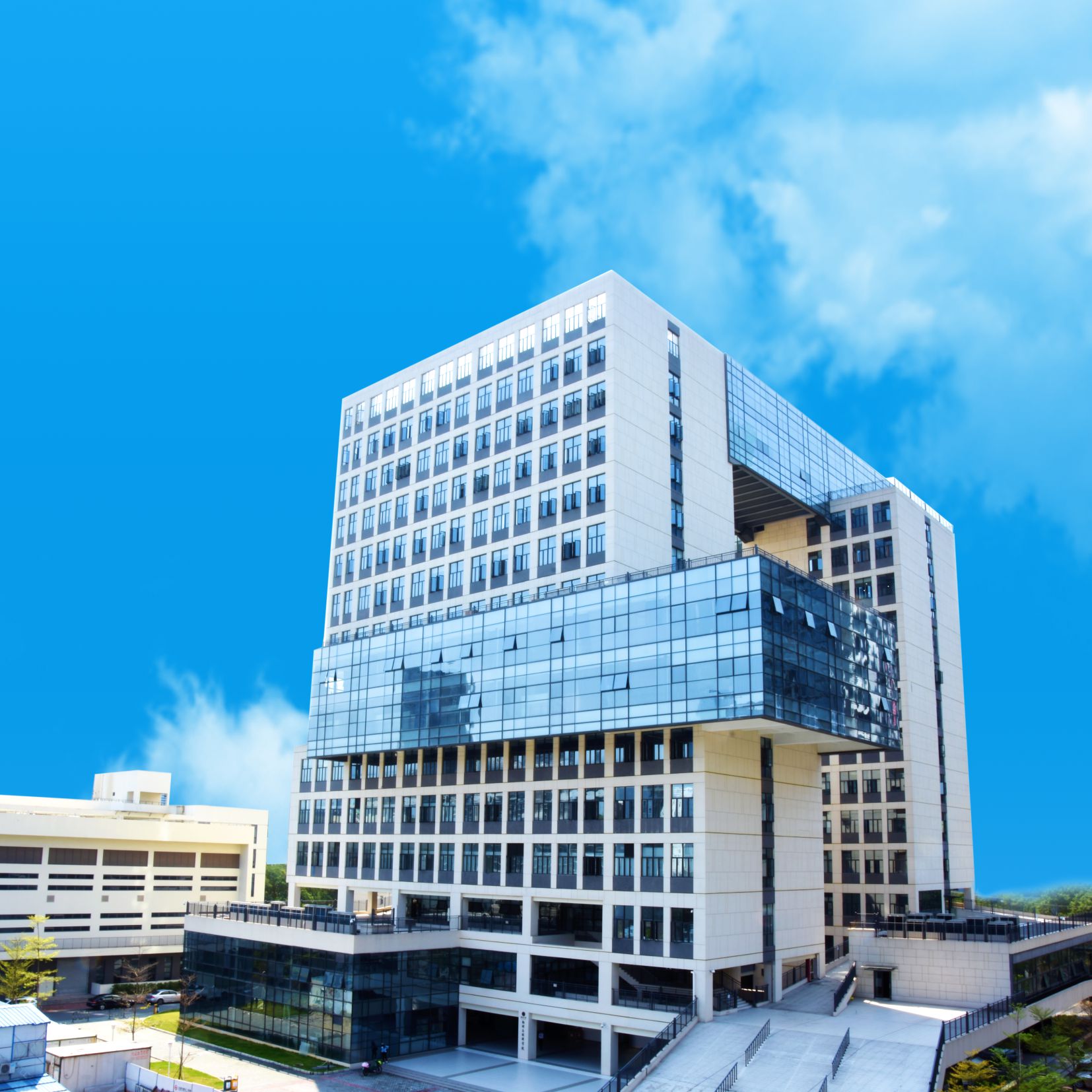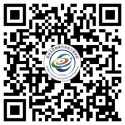
The College of Physics and Optoelectronic Engineering at Shenzhen University was established in January 2019 through the merger of the former School of Optoelectronic Engineering, the former School of Physics and Energy, and the former School of Electronic Science and Technology (related to optoelectronics), following an adjustment of the university’s academic disciplines. Its educational history dates back to the establishment of the Department of Applied Physics in 1985. In 2006, the Department of Applied Physics from the School of Principles, the Institute of Nuclear Technology Applications, and the Department of Physics Education from the former Normal College were combined to form the School of Physics and Science. In December 2015, the School of Physics and Science was renamed the School of Physics and Energy. In 2006, the Department of Electronic Technology and the Department of Optoelectronic Information from the former School of Engineering Technology merged to form the School of Electronic Science and Technology. In 2007, the School of Optoelectronic Engineering was founded on the basis of the Institute of Optoelectronics, and under the leadership of its founder, Academician Niu Hanben, a complete academic discipline group focusing on optoelectronics and measurement control was established.
Ⅰ. Discipline Construction
The College of Physics and Optoelectronic Engineering has established a comprehensive talent cultivation system that spans undergraduate, master’s, doctoral, and postdoctoral levels. The school currently offers four undergraduate programs: Optoelectronic Information Science and Engineering, Physics (including including Physics for Teachers), Measurement and Control Technology and Instrumentation, and Nuclear Engineering and Nuclear Technology. It also offers two first-level master’s programs in Optical Engineering and Physics, as well as doctoral programs and postdoctoral research stations.
The Optical Engineering discipline was recognized as a “Key Discipline of Peak Climbing in Guangdong Province” in 2012, and it was selected as a key discipline for high-level university development in Guangdong in 2015. In 2019, it ranked second nationwide in the Soft Science China Best Disciplines rankings. In 2020, the Instrumentation Engineering discipline ranked 33rd nationally and was among the top 100 globally in the Soft Science World-Class Disciplines rankings. In 2021, the college was approved to establish a doctoral program in the first-level discipline of Physics. In 2023, US News published its “Best Global Universities for Optics” rankings, where Shenzhen University ranked 6th worldwide and 1st domestically in the field of Optics. Furthermore, the Physics department’s ESI (Essential Science Indicators) ranking remains in the top 0.5% globally and the top 30 in China.
Ⅱ. Faculty
The college has a strong and dynamic faculty, with over 300 staff members. Among them, there are 53 professors (including 3 chair professors and 18 full-time distinguished professors), 89 associate professors, and 90% of the faculty hold doctoral degrees. The faculty includes: 4 academicians of the Chinese Academy of Sciences and the Chinese Academy of Engineering, 4 “National Distinguished Young Scholars”, 6 “National Excellent Young Scholars”, 7 nationally recognized high-level overseas talents, 1 “Guangdong Province Leading Talent”, and 1 “Pearl River Scholar Distinguished Professor”.

Ⅲ.Research and Scientific Achievements
The college plays a key role in the “National Key Laboratory of RF Heterogeneous and Heterojunction Integration” and has established 18 national, provincial, and municipal research platforms, including the “Ministry of Education and Guangdong Province Key Laboratory of Optoelectronic Devices and Systems” and the “Guangdong-Hong Kong Joint Research Center for Optical Fiber Sensing Technology.” Additionally, the college has built two provincial and ministerial teaching platforms, including the “Guangdong Province Optoelectronic Teaching Laboratory”.
The college has made significant research advancements in various fields such as ultrafast diagnostics, biophotonics, micro-nano photonics, 3D digital imaging, optoelectronic materials and devices, fiber optic sensing, laser technology and systems, intelligent sensing and optical measurement, energy thin film materials and devices, high-purity detectors, and advanced nuclear energy technologies. These research achievements have led to the receipt of two National Science and Technology Awards, 15 provincial and ministerial Science and Technology Awards, 13 Shenzhen Science and Technology Awards, and 11 awards from social and academic associations.
A number of representative papers have been published in prestigious international journals, such as Nature Photonics, Nature Physics, Nature Communications, Light: Science & Applications, Physical Review Letters, and Advanced Materials. The college’s strong research capabilities, advanced research platforms, dynamic research teams, and vibrant academic environment have collectively created an excellent academic setting for the development and training of both faculty members and students.
Ⅳ.Talent Cultivation
The college currently has 1,705 undergraduate students, 812 master’s students, 215 doctoral students, and 133 postdoctoral researchers. During their studies, students have the opportunity to apply for various scholarships, including the National Scholarship, Shenzhen University Scholarship, and the United Winner-Niu Hanben Scholarship. They can also participate in the selection of other national and socially sponsored financial aid programs.
The college has established joint training programs with renowned international institutions such as Umeå University in Sweden and the University of Wollongong in Australia. In addition, the college collaborates with leading companies like HAN’s LASER and UNITED LASER to promote collaborative talent cultivation. These partnerships provide students with excellent opportunities for international study, further academic development, and employment.
The combination of comprehensive financial support, international exchange programs, and industry partnerships offers students a well-rounded environment to thrive in their academic and professional careers.



